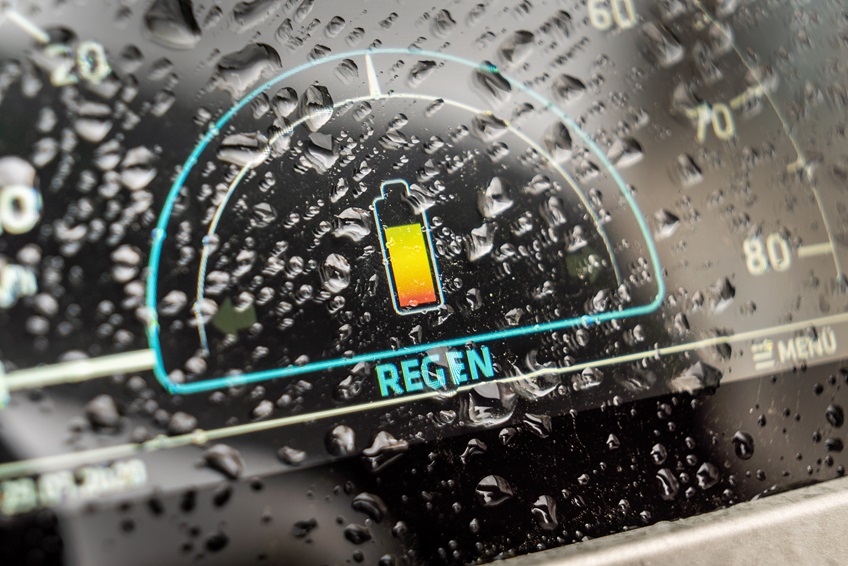Choosing the Right Battery: A Homeowner’s Guide
Selecting the right battery for your home energy storage needs is a pivotal decision that can significantly impact your energy efficiency, cost savings, and overall sustainability. This comprehensive guide serves as a beacon for homeowners, offering insights and considerations to guide you through the process of choosing the perfect battery for your unique requirements.
Understanding the Basics of Home Energy Storage Batteries
Lithium-Ion Dominance
The Powerhouse of Residential Energy Storage
Lithium-ion batteries have become the cornerstone of home energy storage systems. Their high energy density, longevity, and efficient charge-discharge cycles make them the preferred choice for residential applications. Understanding the advantages of lithium-ion technology lays the foundation for informed decision-making.
Lead-Acid Alternatives
Traditional Yet Reliable Options
While lithium-ion batteries dominate the market, lead-acid batteries remain a reliable alternative, especially for those on a budget. They are known for their durability and cost-effectiveness, albeit with lower energy density and a shorter lifespan compared to their lithium-ion counterparts.
Assessing Your Energy Needs
Capacity Planning
Aligning with Your Unique Requirements
Before delving into battery options, conduct a thorough assessment of your household’s energy needs. Consider factors such as average daily consumption, peak demand periods, and the desired level of energy independence. This information is crucial for determining the appropriate battery capacity to meet your unique requirements.
Scalability
Planning for the Future
Choose a battery system with scalability in mind. As your energy needs evolve or as you integrate additional renewable sources, a scalable system allows for easy expansion. This forward-thinking approach ensures that your investment remains adaptable to future changes.
Exploring Battery Technologies
Depth of Discharge (DoD) Considerations
Preserving Battery Lifespan
Understanding the depth of discharge (DoD) is crucial for preserving the lifespan of your battery. DoD refers to the percentage of a battery’s capacity that has been utilized. To maximize longevity, opt for a battery that allows for a higher depth of discharge while still meeting your daily energy requirements.
Cycle Life
Evaluating Long-Term Performance
Cycle life, or the number of charge-discharge cycles a battery can undergo before its capacity significantly diminishes, is a key parameter. Lithium-ion batteries typically offer a higher cycle life compared to lead-acid batteries, making them suitable for long-term, reliable performance.
Integration with Renewable Energy Sources
Solar Compatibility
Synergy with Solar Panels
For homeowners with solar panels, compatibility between the battery and solar system is paramount. Ensure that the selected battery integrates seamlessly with your solar setup, allowing for efficient energy storage and utilization. This synergy enhances the overall sustainability of your home energy ecosystem.
Charge and Discharge Rates
Aligning with Renewable Energy Patterns
Consider the charge and discharge rates of the battery, especially concerning the intermittent nature of renewable energy sources. A battery with high charge-discharge capabilities ensures efficient utilization of energy generated by sources like solar or wind, optimizing your overall energy management.
Budgetary Considerations
Upfront Costs vs. Long-Term Benefits
Balancing Investment with Savings
While lithium-ion batteries may have a higher upfront cost, it’s crucial to consider the long-term benefits, including lower maintenance costs and higher efficiency. Evaluate the total cost of ownership over the lifespan of the battery to make an informed decision that aligns with your budget and financial goals.
Incentives and Rebates
Exploring Financial Support
Explore available incentives and rebates for home energy storage. Many regions offer financial incentives to encourage the adoption of sustainable energy solutions. Researching and leveraging these programs can significantly offset the initial costs of your battery system.
Conclusion: Empowering Your Home with the Right Choice
Choosing the right battery for your home energy storage needs is a strategic investment that empowers you to take control of your energy future. By understanding the basics, assessing your energy needs, exploring battery technologies, considering renewable integration, and making informed budgetary decisions, you pave the way for a sustainable, efficient, and cost-effective energy solution. This guide illuminates the path towards selecting the perfect battery, ensuring that your home remains powered with reliability and resilience.
Post time: Jan-12-2024


